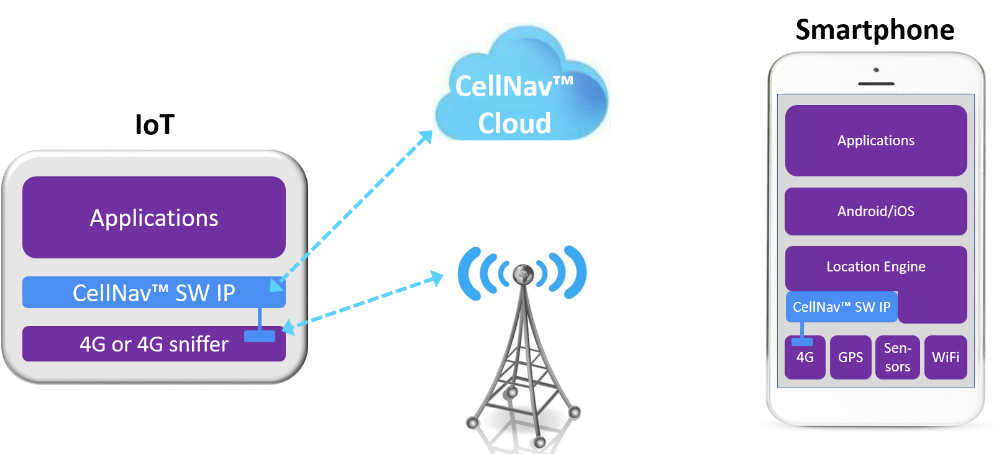 |
Nestwave |
| Email: | contact@nestwave.com |
| Internet: | http://www.nestwave.com/ |
Similar projects |
| CPS with innovative components (SW, HW) projects |
This proposal covers the initial field analysis and feasibility study of an RF Front-End device that will be used in low cost and ultra-low power geolocation applications. Nestwave’s geolocation algorithm uses the existing 4G/5G networks by listening to signals from all surrounding base stations and by processing them in a way to determine the exact location of the device equipped with its technology. The latest developments in 4G positioning still have limited accuracy (20 – 200m) and require full feature 4G/5G chipsets that are too expensive and too high power for the majority of IoT applications. Nestwave’s patented solution improves the accuracy to 5 – 30m (and targeting 5-10m), and the proposed RF device will bring this capability to all the connected objects with or without a 4G/5G chipset.
The RF front-end device will have relaxed specifications, and the connected object will not require the complex base-band processing capabilities of a traditional 4G/5G IC. The resulting device will be extremely low power and cost no more than 25cts. The connected objects using this technology are typically expected to include some amount of processing power that will be sufficient to process the detected 4G/5G signals. The RF front-end device may thus be marketed as a stand-alone discrete component. In addition, if implemented in a CMOS technology, such as FD-SOI, it may also be delivered as an IP block to be integrated in a larger more complex SoC.
In order to specify and architect such an RF front-end and determine whether it can perform in the field reliably, extensive field tests will be required. Nestwave will apply its resources and equipment to conduct the field tests in a variety of locations. Based on the acquired field data, Nestwave’s partner CEA/Leti will develop the IC architecture and run the system and device level simulations in order to target the appropriate ST Micro process platform.
A second phase of this project (not covered here) will consist of developing the RF IC and to tape-it out to the targeted ST Micro process in an MPW shuttle.
The advantages of the Nestwave solution in general and the RF front-end’s in particular can be summarized as follows:
